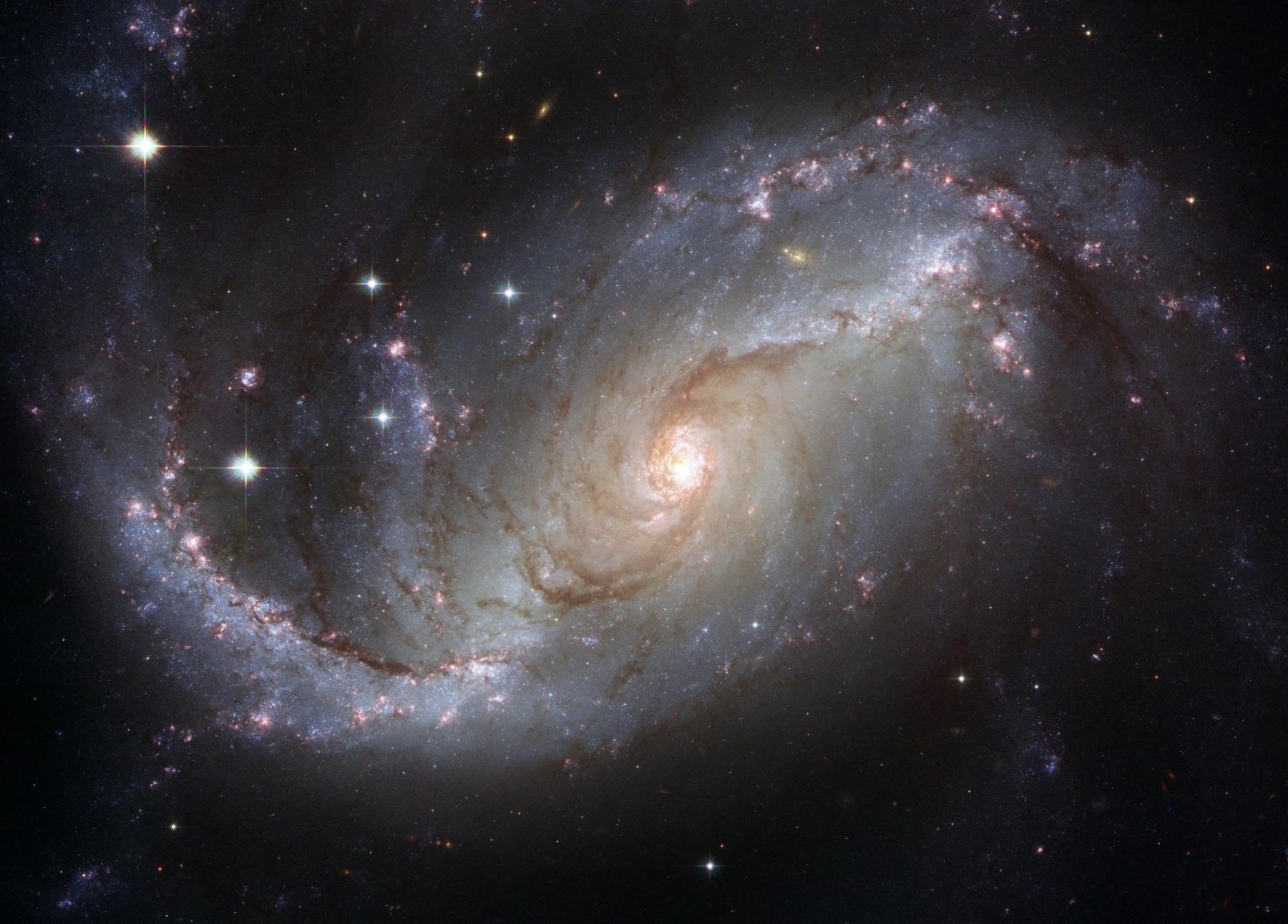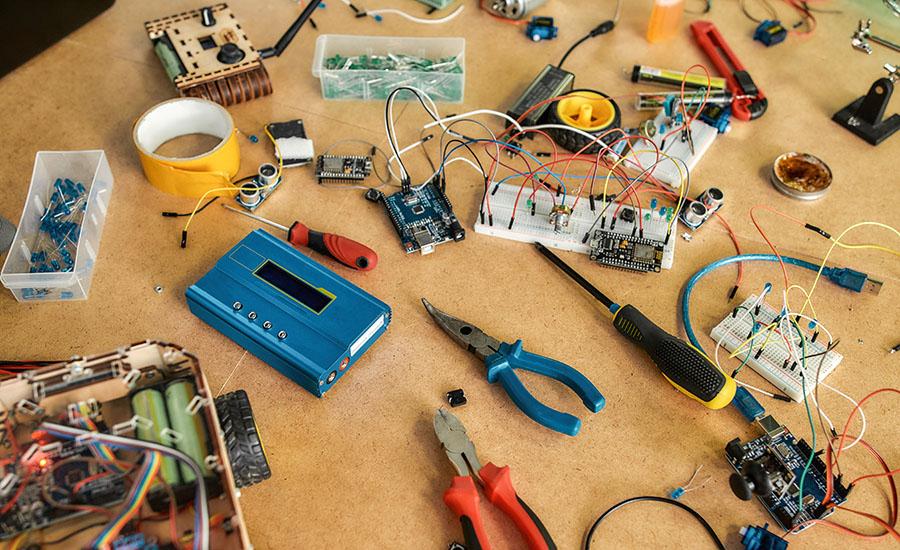
An Introduction to the Scale of the Solar System: Lesson 2 of 2
This lesson serves to provide an extension to lesson one. In this lesson, students will have the opportunity to build their own model of the solar system to scale, utilizing math concepts of exponents and ratios and proportions to help them build their models.
While students could try to create a model of the solar system to scale using distance AND size, it will be difficult for them to do this, as both videos show. It is recommended students choose to represent either the distance or size of the planets to scale.
Lesson Plan Link/URL
https://docs.google.com/presentation/d/1SFwtJl5ZTPrE8BCKZs8bbXjfvpS-ipye/edit?u…Subject Area
Science Earth and Space Science E2: Earth & the Universe Mathematics Number and Operations in Base Ten (NBT) The Number System (NS) Expressions and Equations (EE)Related Content

Students will build a propulsion system that can deliver a payload to a given location in this engaging paper rocket engineering lesson. Students think critically and problem solve as they work

In this lesson, students will design and create a model of a moon lander that can land smoothly on the surface of the moon. Students will learn about the mission to the moon and how engineers designed

Do the colors of our world attract sunlight differently? In this lesson, students will use color and temperature to test and graph answers to this question. Provided are certain links to read